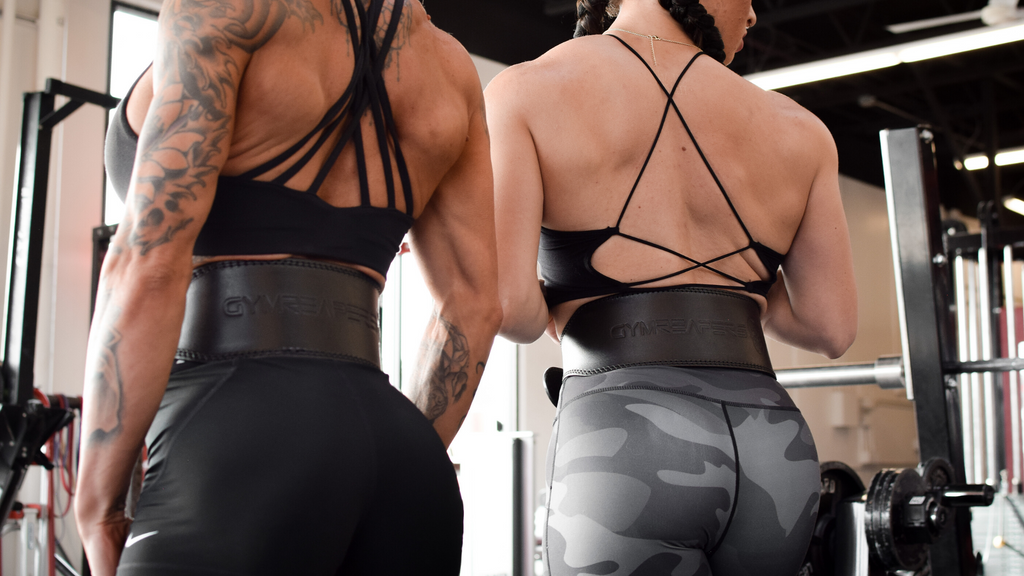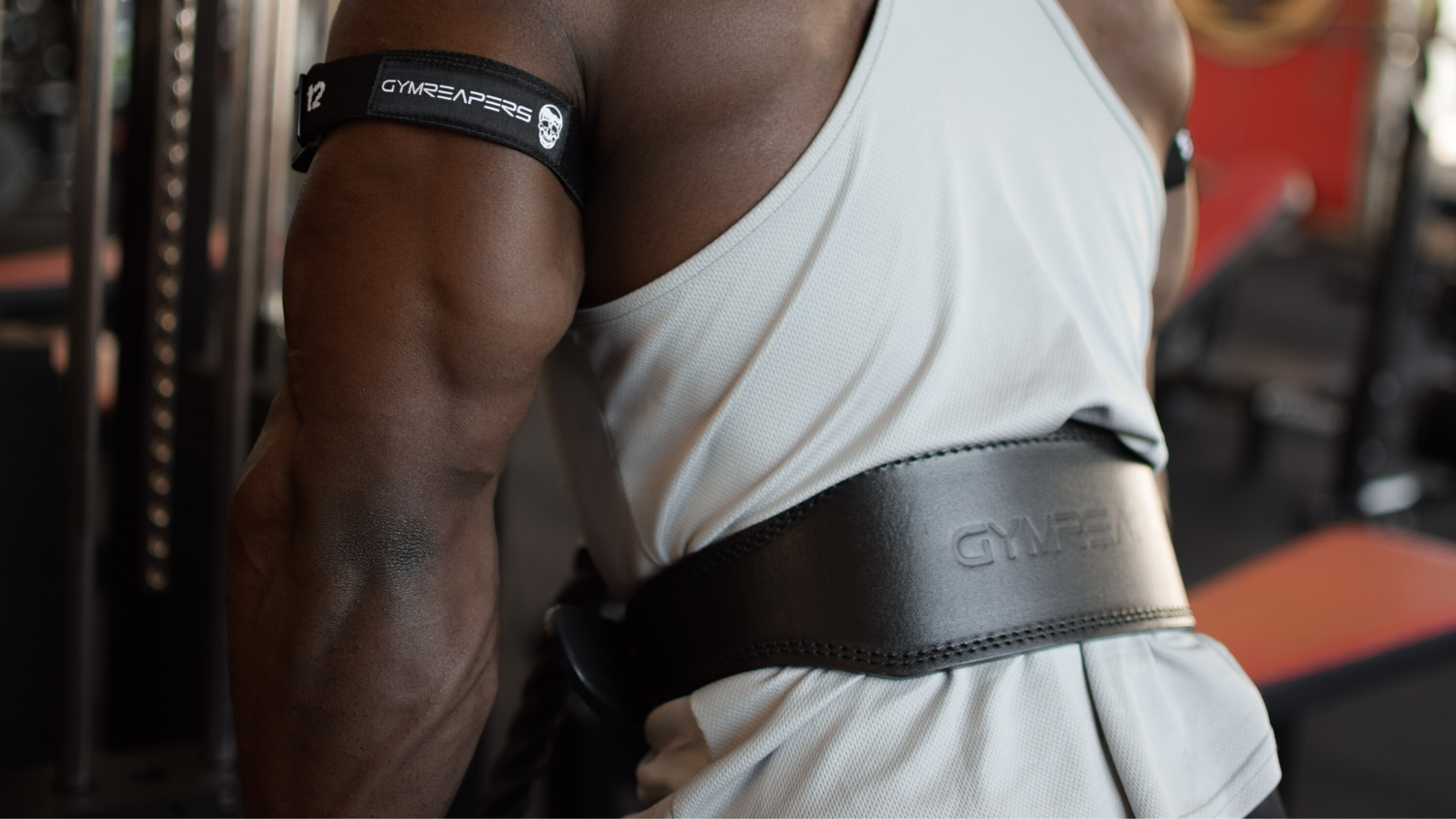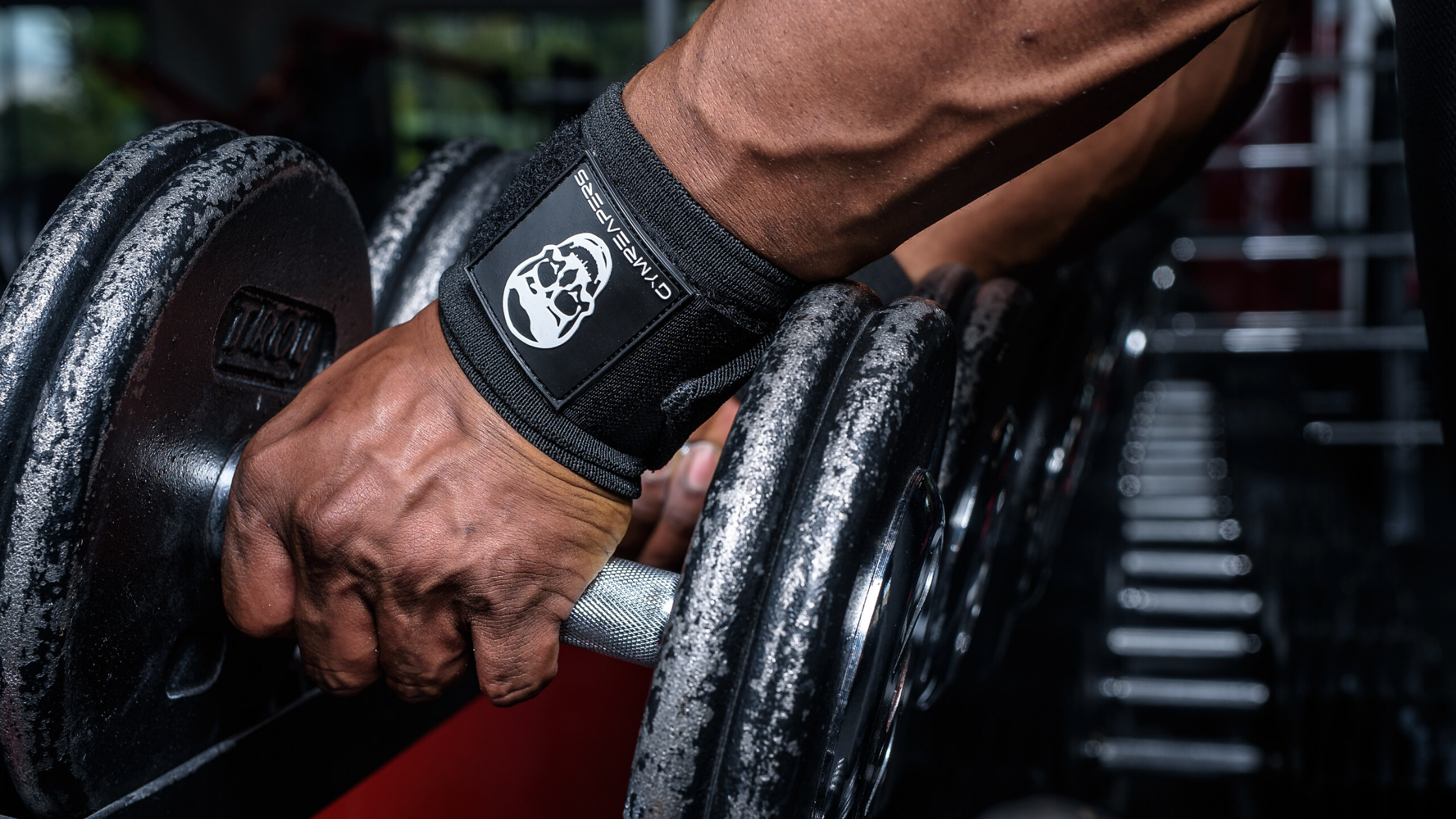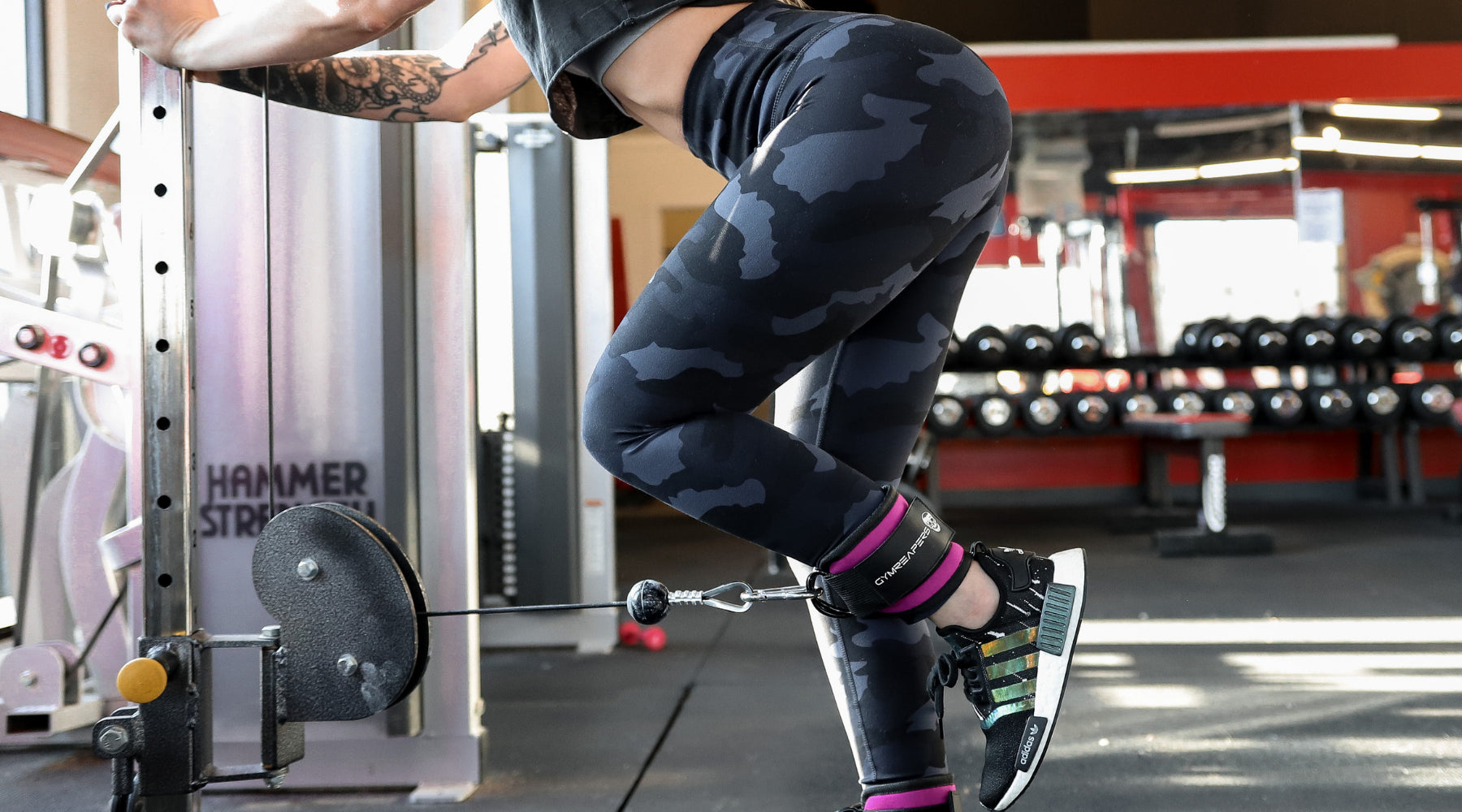By now you’ve probably been thinking about investing in a weightlifting belt, but you’re unsure whether it’s worth it, right? You’ve probably even researched the type of weightlifting belt to get. Well, the good news is that you came to the right place. We’ll give you everything you need to know so you can make a confident and informed decision.
Before we get into the technical things like “should you use a weightlifting belt” and “what type of weightlifting is best”, let’s define what a belt does and does not do.
A weightlifting belt is worn to provide additional stability to your lower back by engaging the use of core muscles. Your stability has a lot to do with your breathing (more on that later). A weightlifting belt does not mean you’ll automatically lift heavier especially if your breathing technique is off.
Why use a weightlifting belt?
One of the biggest questions about weightlifting belts is why use one? Put simply, using a weightlifting belt can help keep your back stay safe while maintaining proper lifting technique and stability. There is another big component to using a weightlifting belt which is the breathing part we mentioned above.
For a belt to be fully effective, proper breathing has to be a top priority. A lot of that has to do with your torso or core muscles. As you step under a bar, think about the need to have a rigid and sturdy support system. Your body naturally does this when you’re pushing something heavy like a big shopping cart through the Costco parking lot.
To enable a rigid core, it all begins with a big breath. Then hold your breath in conjunction with tightening your core. This will create the internal pressure above the belt, which is needed to support the weight you’re about to lift. The main goal here is to avoid creating a strain on your back.
So if heavy lifting depends on your breathing and rigid core, why should I wear a lifting belt? That’s where it all comes together. Wearing a weightlifting belt provides a signal to your torso to tighten your muscles and core (providing stability) so that you can lift heavier loads.

Shop Weightlifting Belts
How do I use a weightlifting belt?
Now that you know the real reason why a weightlifting belt can help and its intended purpose, you should also know the right way to wear it. You’d be surprised at how often a belt is used incorrectly, which defeats its purpose altogether.
You’ll know you’re properly wearing a weightlifting belt if you’re breathing into the belt, that is, expanding your stomach/core into the belt and then bracing against it. To test if you’re doing this right, take a big breath and focus the breathing into the core instead of the chest.
Remember that simply wearing a belt tightly around your core means that you miss out on its intended purpose. The next time you use a belt for your squat here’s the proper form:
- Secure it around the belly button area
- Breathe in, focusing on core stiffness (to get explosive power)
- Squat down and then back up
- Finally breathe out once you’re back to starting position
It’s important to note that although a weightlifting belt is very helpful in some exercises, it shouldn’t be worn at all times. For example, it’s good to use it on heavy squat days, but don’t rely on it for all workouts that don’t involve the spine/back or ones that use lighter weights.
You don’t want to be that person that uses a belt for machine exercises because there isn’t much strain on your core/back during them.
What kind of weightlifting belt should I invest in?
At this point, you are familiar with the benefits of a weightlifting belt and how to use it properly. The decision on what kind of belt is right is just as important as the two previous elements. And the choices in belts are nearly endless.
From material to quality, to length and width, there are many brands and options on the market. The most important thing to know is that you should avoid a disproportionate design in a weightlifting belt. What does that look like? It’s when there’s a large padded strap on the back, but a thin Velcro or leather strap in the front.
Why does this matter? Think back on the purpose of a weightlifting belt. It’s supposed to provide a clue to your core and keep your torso sturdy while supporting your breathing. A thin weak strap in the front of the belt does nothing and is purely a design flaw. Even worse, the thick back strap can make it harder for your lower back to and its mobility during squats and deadlifts.
For maximum support, look for a belt that has the same thickness throughout, or as consistent as possible. A quality belt is made from leather and is usually four inches wide. The thickness can vary from seven to ten millimeters (mm), although some can be up to 13mm. The right width and thickness will depend on your torso length.

What kind of specs should I look for?
There are two main types of material used to make a weightlifting belt and distinct benefits for choosing either type of material. A nylon belt is made from a fabric material with a Velcro strap and the leather belt is made with genuine leather with a lever or buckle. Let’s examine each option a bit closer.
The Velcro option may seem like a nice way to go because it’s lightweight and cheaper than a leather belt. But think long term before opting for this option. Velcro and the stitching that holds it in place doesn’t always last very long, especially with strenuous use. It can easily give out during a heavy set or see wear and tear more quickly than a leather belt.
The leather belt option has been ranked as a preferred choice by many. That's due to the premium material, which is more suitable for a lot of people. Although it may cost more, most belts last a lifetime. In addition, it usually comes with an adjustable lever that holds over time. The premium material also ensures that you’re secure no matter how heavy your set is.
The bottom line
Lastly, remember that you should always position your weightlifting belt over your belly button and securely cinch it. You don’t want to cut off breathing so don’t grip in too tightly. Remember that a belt is there to help you with your stability and focus on safely reaching your goals.
If you’ve never used a weightlifting belt before, it’s a good idea to practice on lower weight first while focusing on your breathing techniques. Once you’re confident with it, you should use a weightlifting belt to help you with your heaviest lifts so you can crush all of your fitness goals.
Shop All Lifting Belts













Leave a comment
All comments are moderated before being published.
This site is protected by hCaptcha and the hCaptcha Privacy Policy and Terms of Service apply.